If a radio is restored so well that a plaque needs to be added to identify new parts then good job (you probably don't need a plaque) and the value to most people, collectors and the general public will be high, higher than the non-working radio with a rough finish and much higher than the same radio with broken or missing cabinet parts.
Now, it all comes down to the quality of the restoration:
Was the proper wood/veneer used - not wood filler or dark toner to cover the damaged edges (non original gradient shading)? Warping?
Is the grain filled?
Are there loose joints or loose veneer? Too much glue?
Is the cabinet missing parts - like legs, escutcheons, knobs, Photofinish?
Are there "over restored" items like the highly polished metal bezel?
Are the colors of the cabinet correct, "white wood" (structural) should not be white. Get 1+ for using the factory correct method for "toning" the cabinet?
Were the finishes used the closest available to the original. This includes the level of "gloss"?
Have sharp edges been rounded by excessive sanding?
Was the finish buffed out properly? Yes it is true that ALL wooden radio cabinets of the 1930s were not finished this way but most were.
How well does the radio function? Are the controls noisy? How do they feel, too loose or binding?
Is the dial glass, glass or plastic? Maybe not too important if it looks exactly original, but it can't have missing markings or wrong colors. This goes for dial scales as well.
Are the light bulbs all there and functioning?
Were original looking parts used on the top of the chassis? How about underneath? Get extra credit if the replacement parts exceed the ratings (better) than the originals, but still look like the originals, such as 630V caps in place of 450V. As a matter of fact this can be very important especially in filter caps considering our higher line voltages. A bucking transformer inside of the chassis is generally not a + so it goes with dropping resistors, but for some sets, those with resistive line cords being the best example, some adjustment must be made. The less obvious the better but it must be reliable and not burn the house down.
Was the chassis painted if it originally was not or the wrong color or texture. And are painted components the correct color and gloss? Rust? Bad chrome? Was the plating polished off - See over restored.
Is the correct hardware in place (do you see phillips head screws on a 30's radio)?
Is the correct part number on the speaker and if it was re-coned, does the cone and surround look like the original?
Does the interior of the cabinet including the back edge look original?
Does it have the correct grill cloth?
Does the radio have the correct type of tubes and tube shields ( G, ST, GT, Metal and so on)? +1 of it has the correct type of tubes and the correct brand and date codes.
Is the wiring in good shape especially rubber insulated wire? Was the correct type and color of replacement wire used. solid core, stranded, cloth covered, rubber (is it obviously plastic?), push back and is the gauge correct? This might be the toughest question of the bunch and will result in a lot of "almost" answers. +1 if the wire is going to last for another 50 years - yeah this excludes (fail) even "good" original rubber insulated wire.
Have the rubber mounting cushions been replaced with original looking ones including those on the tuning cap? This includes rubber cabinet feet.
Are the knobs correct? Only 1/2 credit for plastic replacement for wooden knobs. (sorry knob makers). But new plastic for old plastic is Ok if the underside looks proper too and uses the correct grub screw.
Is the plug and line cord in GREAT shape or a good original-looking replacement?
Is the radio safe to operate?
There are probably a few more and some people will argue (again) with the validity of some of these. But if you can check them all off, I would say that your radio has not diminished in value.

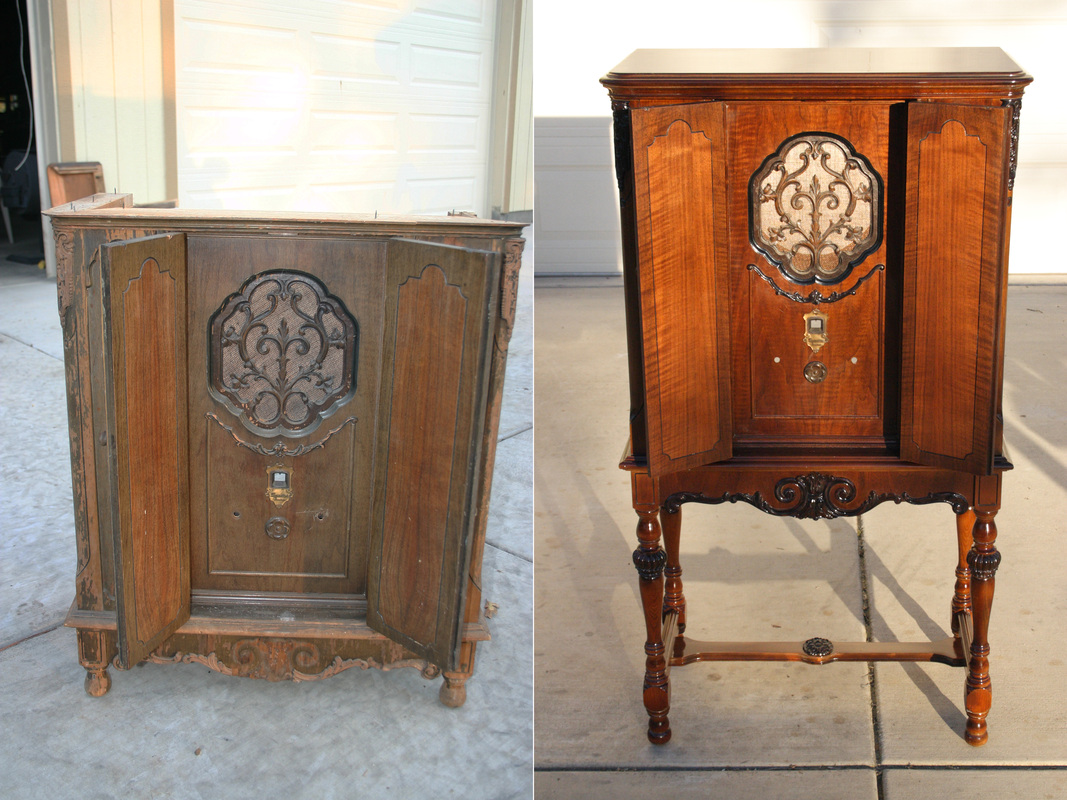
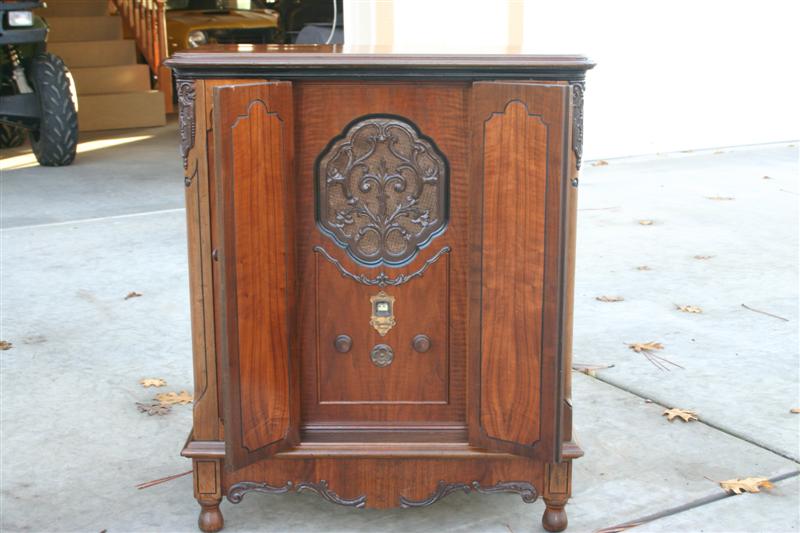
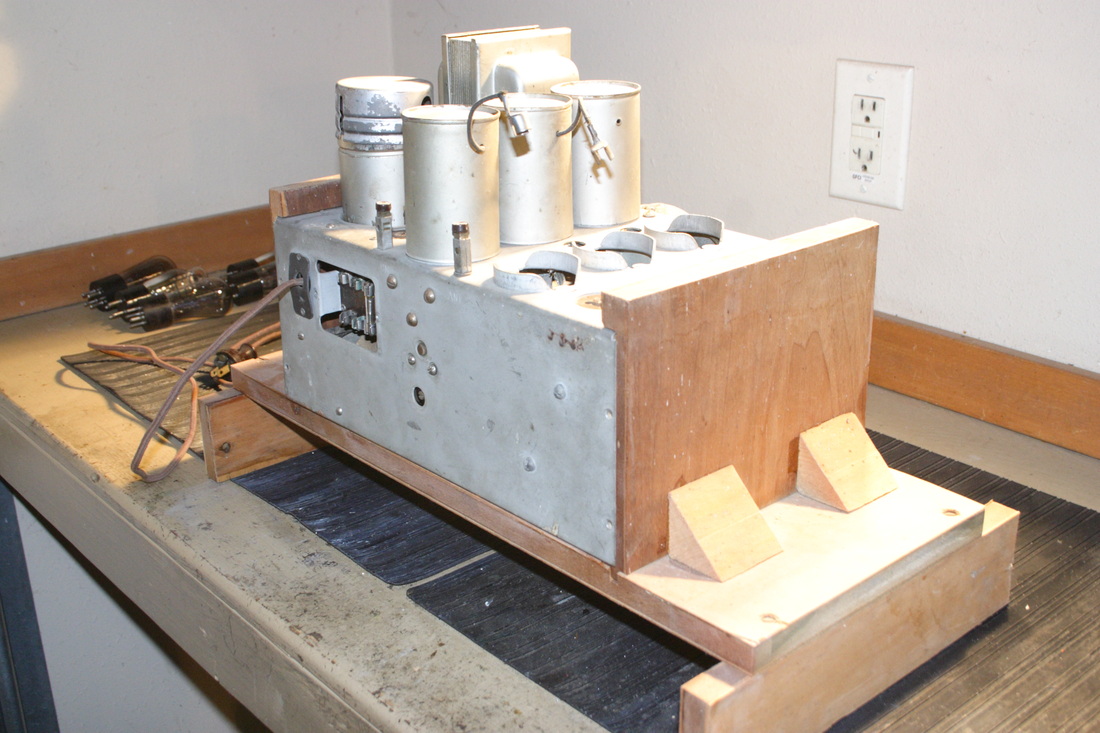
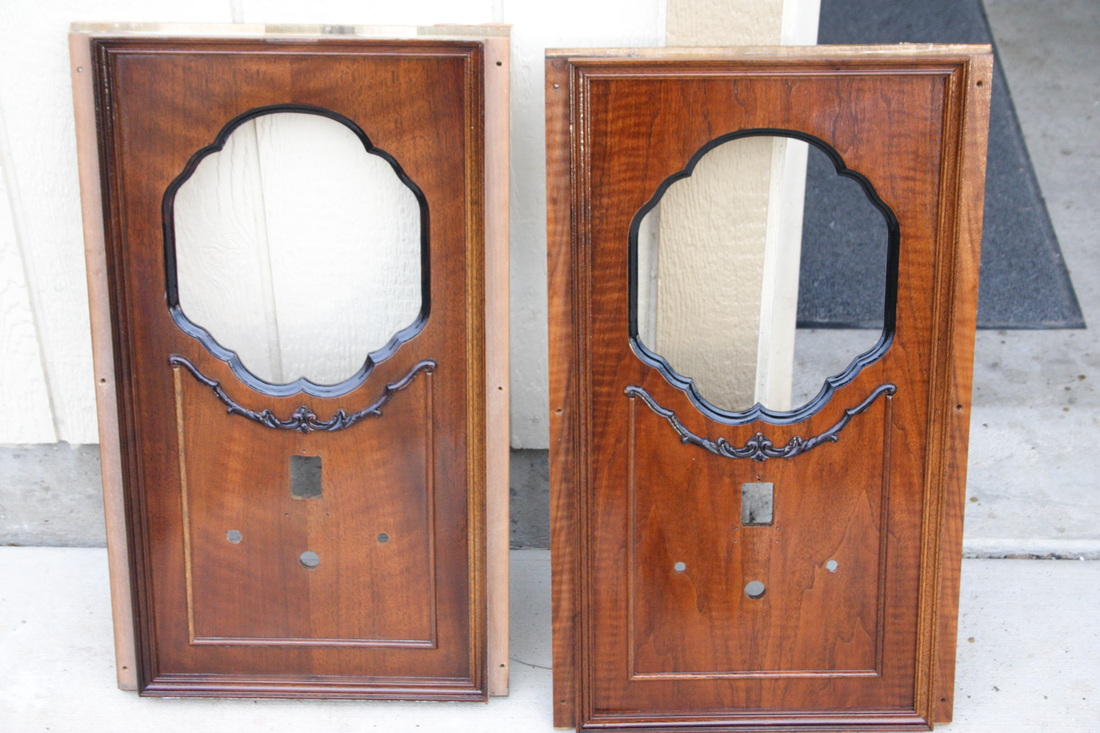
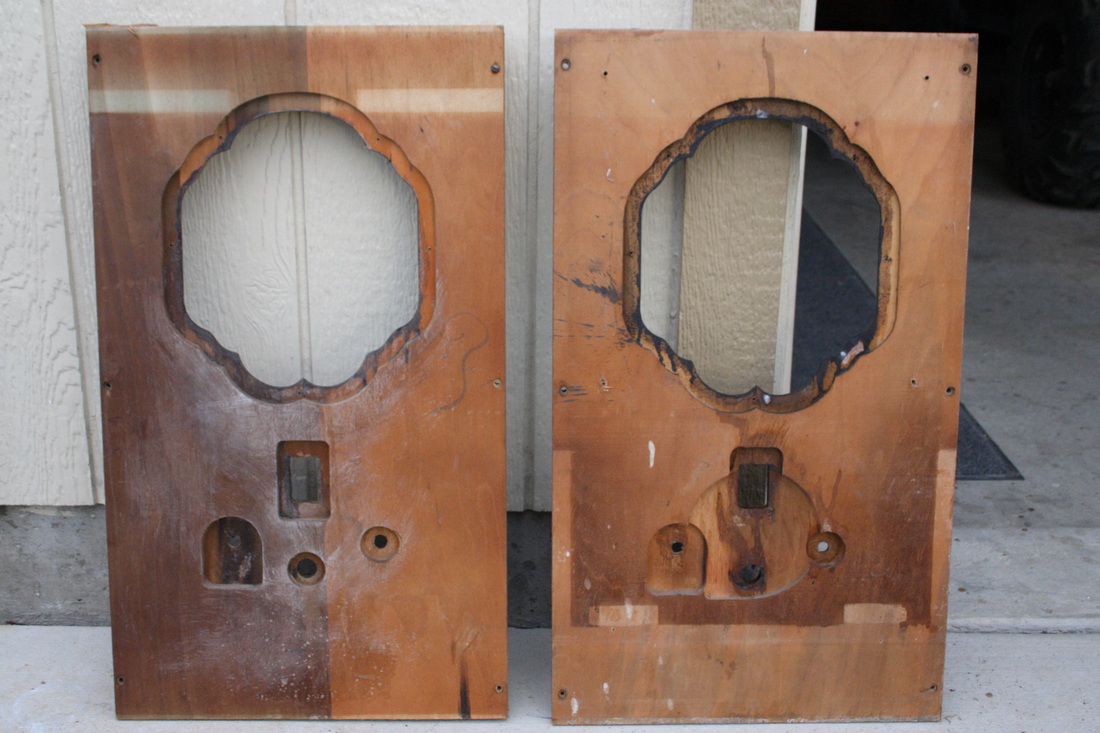
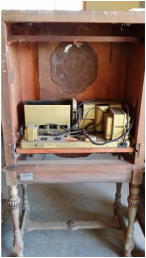
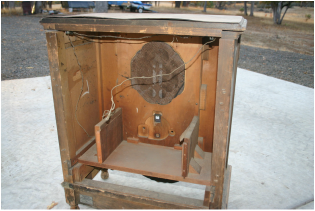
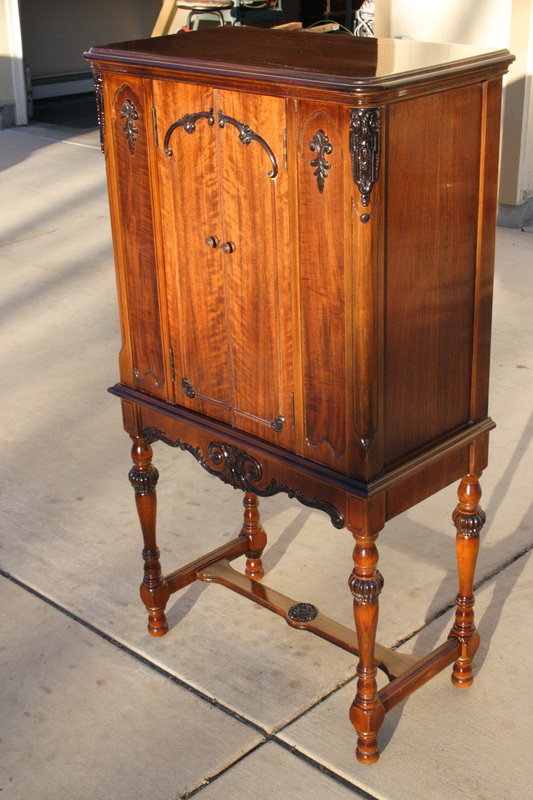
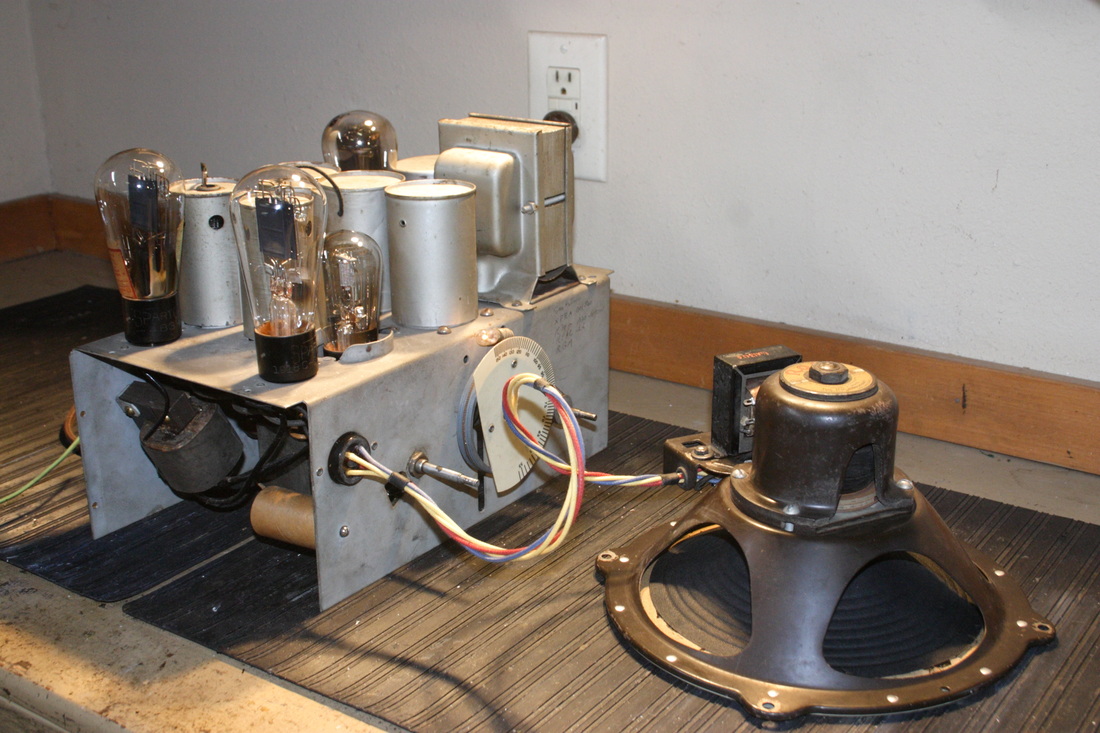
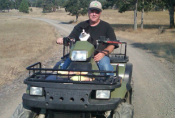
 RSS Feed
RSS Feed